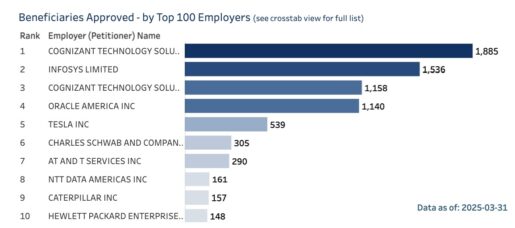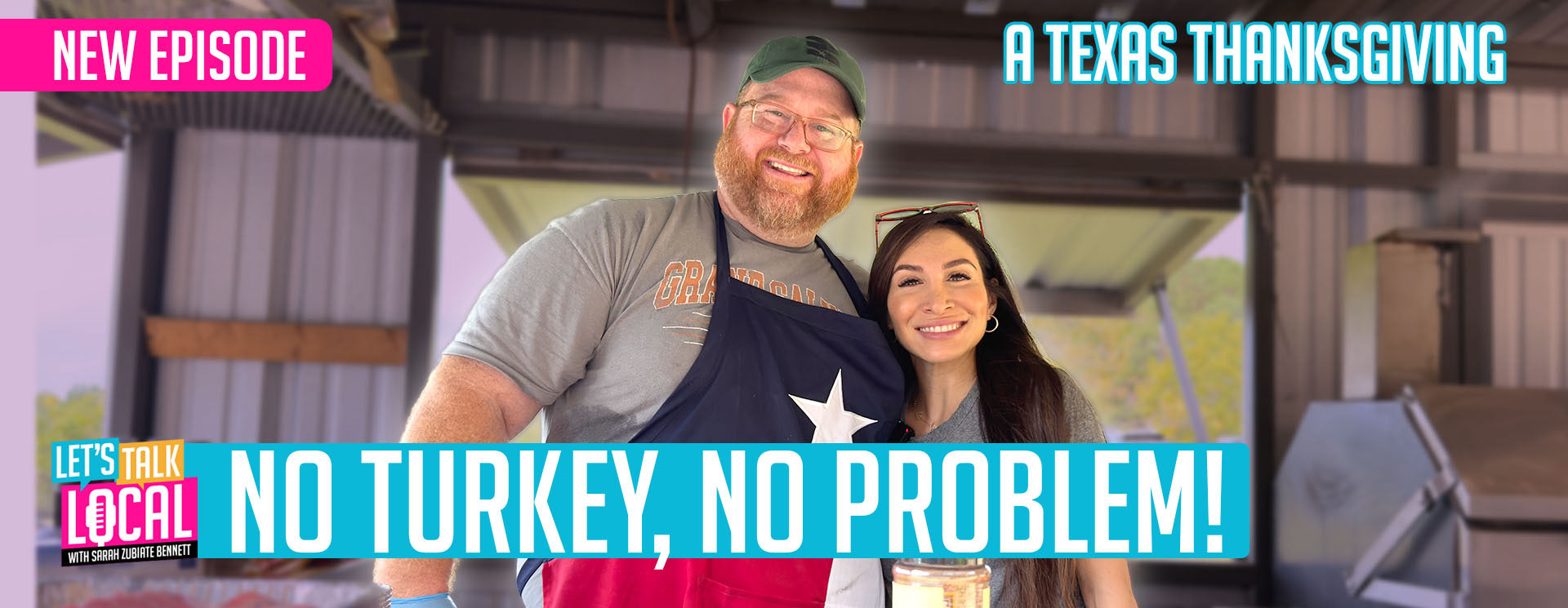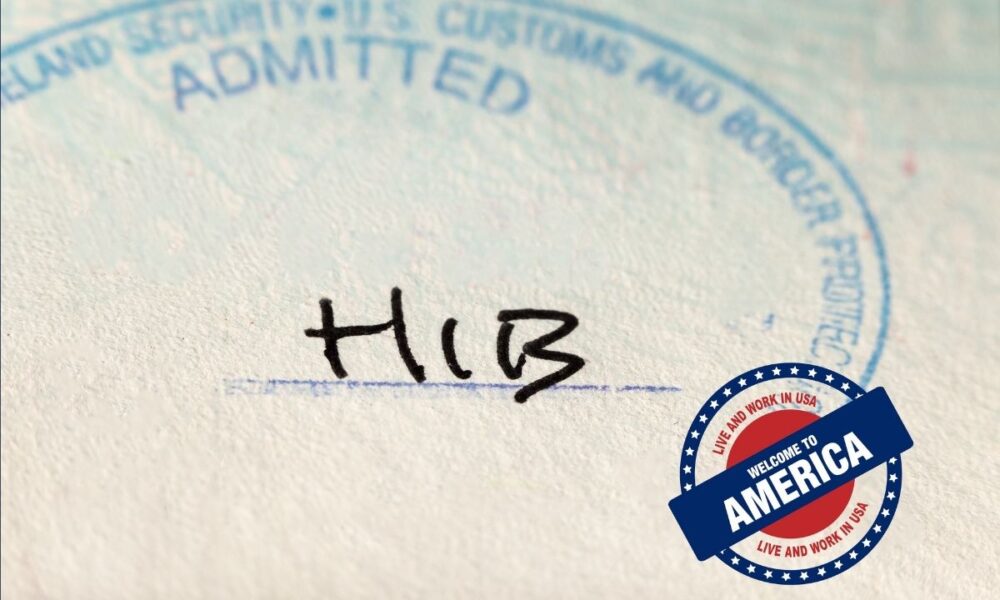A recent federal database update reveals that some of Texas’s most prominent employers rely heavily on foreign workers through the controversial H-1B visa program.
The U.S. Citizenship and Immigration Services (USCIS) quietly updated its H-1B Employer Data Hub in July with employment data valid through March 31, 2025. The data sheds light on which companies operating in Texas are hiring the most foreign nationals under the H-1B system—a visa program designed for occupations that require highly specialized knowledge and at least a bachelor’s degree.
The Breakdown:
-
Cognizant Technology Solutions led the field with 3,043 active H-1B visas across two corporate entities in Texas. Slight variations in the arrangement of the company’s name made it appear as two separate corporate entities in the list. The Dallas Express calculated the total of 3,043 by combining the two.
-
Infosys Limited and Oracle America, Inc. followed with 1,536 and 1,140 visas, respectively—both major players in the tech outsourcing industry.
-
Tesla Inc., which relocated its headquarters to Austin, employed 539 H-1B workers in Texas, nearly 10% of its in-state workforce.
-
Charles Schwab & Co., headquartered in Westlake, used 305 H-1B visas, according to the combined results for company name variants in the federal database.
While not all of these corporations are Texas-born, they are utilizing H-1B labor within Texas, sometimes in high volumes.
The H-1B program was established by Congress and signed into law by President George H.W. Bush in 1990. The Department of Labor (DOL) website states that the visa was intended to help employers “who cannot otherwise obtain needed business skills and abilities from the U.S. workforce.”
In theory, these visas are temporary and subject to annual caps—65,000 standard visas plus 20,000 for U.S. advanced degree holders—but in practice, renewals, exemptions, and other methods can allow companies to keep a foreign employee on payroll for many years.
However, the program, now a political flashpoint, has come under increasing scrutiny. Supporters argue it fills critical gaps in America’s workforce, particularly in the tech sector. Critics say it displaces American workers, depresses wages, and is rife with abuse.
“The H-1B program allows employers in the United States to temporarily employ foreign workers in occupations that require the theoretical and practical application of a body of highly specialized knowledge and a bachelor’s degree or higher,” the USCIS website states.
Almost three-quarters of H-1B recipients are Indian nationals, and another 12% are Chinese, according to USCIS data. Those workers are often in technical roles, but firms have filled applications positions as wide-ranging as bar managers and construction laborers, according to the H1B Salary Database.

Visa holders are also a pathway for increased immigration. The spouses and children of H-1B workers qualify for H-4 visas. Spouses may be granted employment authorization, and children can attend public schools, as well as access social services, in some cases. Though initially capped at six years, H-1B status can be extended and, in some cases, lead to permanent residency.
Wage data paints a complex picture. The Dallas Express previously reported that firms like Charles Schwab filed hundreds of H-1B petitions in Texas for roles, often listing salaries significantly below the expected or typical pay for those positions, as indicated by job boards and DOL tools.
Though legal, such wage practices could put downward pressure on earnings across the broader labor market. “The Immigration and Nationality Act (INA) requires that the hiring of a foreign worker will not adversely affect the wages and working conditions of U.S. workers comparably employed,” the Department of Labor website states.
President Donald Trump has long criticized the program as a means of exploiting cheap labor. “I will end forever the use of the H-1B as a cheap labor program, and institute an absolute requirement to hire American workers first,” he pledged in 2016. Though his first term featured executive actions to tighten oversight, H-1B usage remained high. Over 120,000 H-1B approvals are expected to be approved in FY 2026, according to Envoy Global.
More recently, Tesla’s chief, Elon Musk, has emerged as a high-profile defender of the program, despite X users accusing him of censoring dissent on the topic, The Dallas Express reported.
Former presidential candidate Vivek Ramaswamy also weighed in, arguing that the real problem is not immigration but a declining culture of achievement. “The reason top tech companies often hire foreign-born & first-generation engineers… comes down to the c-word: culture,” Ramaswamy wrote in December 2024. “Our American culture has venerated mediocrity over excellence for way too long.”
The cultural argument, however, may be little comfort to job-seeking STEM graduates. According to the New York Federal Reserve, unemployment and underemployment in computer science and other tech-relevant fields have surged since 2023. Many of the fields that H-1B visas currently fill now see young American graduates struggling to find employment.
The USCIS H-1B Employer Data Hub, which includes data from FY 2009 to Q2 FY 2025, offers rare transparency into corporate usage of the program. It allows public queries by employer name, state, and NAICS code. The hub is built on the first decisions made on petitions for both initial and continuing employment, and identifies companies by the last four digits of their tax identification numbers.
Whether these companies are local Texas firms or multinationals merely operating in the Lone Star State, the data raises questions about the balance between global labor markets and domestic employment priorities.


